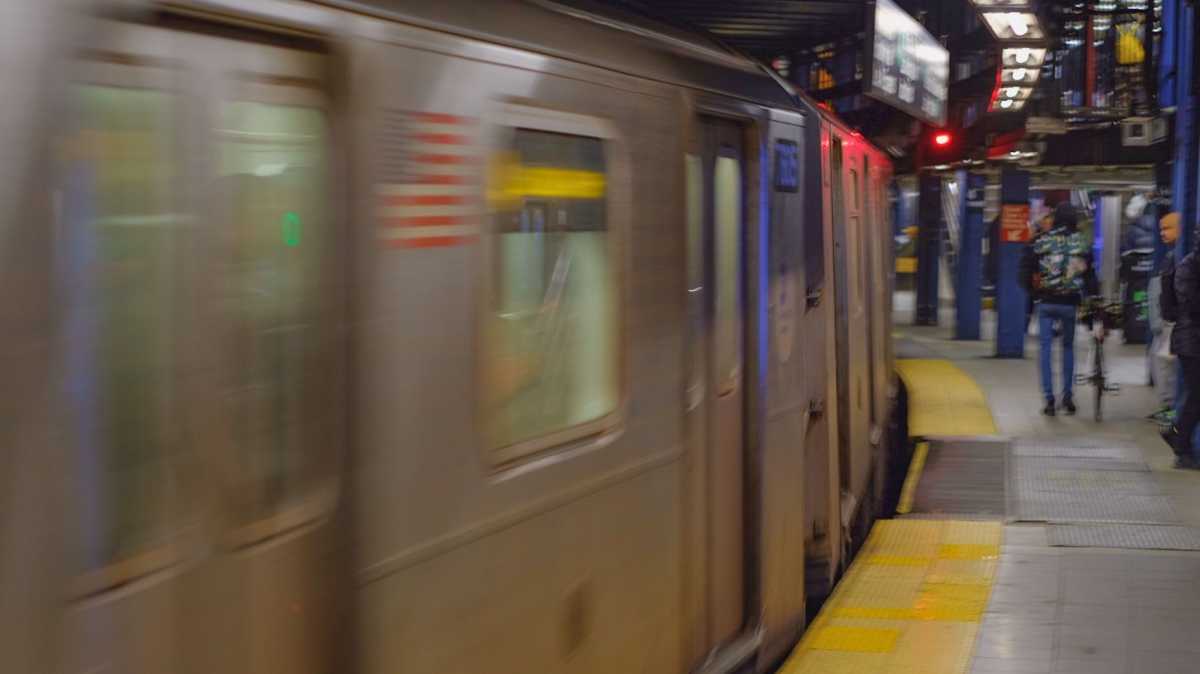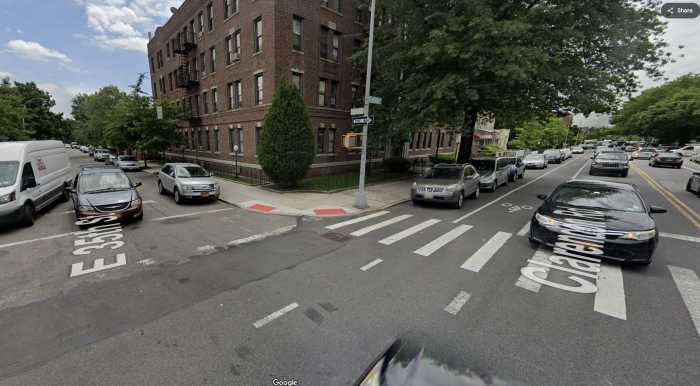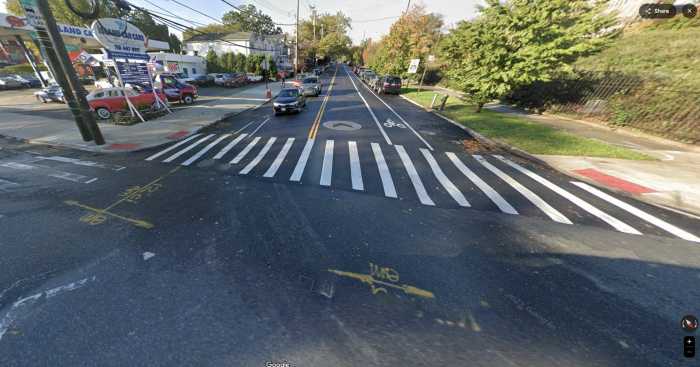With a credit rating that has been downgraded four times since the pandemic began – making borrowing more expensive – MTA Chairman Pat Foye asked state officials Tuesday for operating funds as the “federal indifference” toward their financial standing continues.
The MTA will need $12 billion in operating funds for the remainder of 2020 and all of 2021, according to agency leaders who testified Tuesday before a joint state Senate-Assembly hearing. MTA officials testified on not only the fiscal crisis they face but also the draconian impact it would have without additional financial help — such as service cuts, fare increases and capital projects being stalled.
Despite a reported pending deficit of $16 billion by 2024, some legislators were skeptical that the losses from fares and tolls added up to the amounts the MTA says they will need replaced did not add up. A few lawmakers demanded a further breakdown from officials such as Chief Financial Officer Robert Foran.
“The total fare revenue for the entire year is only about $6 billion, I’m just not sure where the MTA is coming up with these numbers,” state Senator John Liu said. “How does the MTA get into a seven and a half million dollar operating deficit just for this year when the total payroll costs – I’m sorry, the total fare revenue is $6 billion? Even if you lost all of the revenue for this year, which you haven’t, it still doesn’t add up to seven and half billion dollars.”
Foran delivered the breakdown for the former New York City comptroller.
“The amount of money that we lost in terms of fares and tolls from the pandemic, $5.3 billion in 2020. That is the projected loss this year,” Foran said. “The subsidies that we’re projecting to lose this year are $1.7 billion. An additional $750 million in costs were projected; that’s a total this year of $7.8 billion, 45% of our budget that we had in February has either been lost or increased costs. So that is striking.”
Republican state Senator Thomas O’Mara, however, suggested federal stimulus funds might be what the MTA thinks it needs to solve its crisis, but surmised that federal legislators did not find it prudent to allocate such resources toward the authority.
Foye said asking for funds on a month-by-month basis from the federal government, as suggested by O’Mara, would not be “prudent” for the MTA.
O’Mara responded with a request that the MTA be “a little more finite” in the sum of their demands for support.
“We haven’t really seen anything from the federal government to spend more than three or four months at the maximum, so I think that it’s unrealistic to be thinking that you’re going to get a figure that’s going to get you all the way through 2021. Certainly with a lot of unknowns,” O’Mara said. “So I think we should be making more reasonable requests of the federal government since all this funding is going to be added debt to the federal government, we’re not pulling it out of their pocket… The only benefit the federal government has is that they can print money, but that doesn’t do our nation any good in the long-term.”
While ridership decreased by 90% over the worst of the pandemic, it has bounced back by only about 25%. Fares and tolls represent about half of the MTA’s total annual revenue, or $8.5 billion in 2020.





































